Big Apple Sky Calendar:
March 2022
In the 1990s, astronomy professor Joe Patterson wrote and illustrated a seasonal newsletter, in the style of an old-fashioned paper zine, of astronomical highlights visible from New York City. His affable style mixed wit and history with astronomy for a completely charming, largely undiscovered cult classic: Big Apple Astronomy. For Broadcast, Joe shares current monthly issues of Big Apple Sky Calendar, the guide to sky viewing that used to conclude the seasonal newsletter. Steal a few moments of reprieve from the city’s mayhem to take in these sights. As Oscar Wilde said, “we are all in the gutter, but some of us are looking at the stars.”
—Janna Levin, editor-in-chief
March 1
Sunrise: 6:29 am EST
Sunset: 5:47 pm EST
March 2
The 50th anniversary of the launch of Pioneer 10, humanity’s most ambitious venture out of our home solar system. The spacecraft was designed to study Jupiter, which it did in 1973, but then went sailing on past Neptune into what you might call “interstellar space.” It’s still there, coasting along at 51,000 mph in the direction of the bright star Aldebaran. It’ll arrive—well, get close, anyway—in a mere two million years. It bears a plaque showing who sent it (a man and a woman), where it came from (third planet from a star), and even a suggestion for what frequency to use in sending a return radio message (1420 MHz, the “song of interstellar hydrogen”). Seems unlikely the Aldebaranites will figure all that out…but it’s worth a try.
This is assuming that Jeff Bezos or Richard Branson do not mount a recovery mission to catch up with Pioneer 10, retrieve, and add to their private collection.
March 4-6
On these evenings, look for the thin crescent Moon, low in the WSW about an hour after sunset. You'll see the unlit portion of the Moon faintly illuminated—“the Old Moon in the New Moon's arms.”
March 13
The date of the semi-annual rip in the fabric of time, scheduled for 2:00 am EST on Sunday, March 13 (“spring ahead, fall back”). In effect just about everywhere in the USA, except Hawaii and Arizona, where they presumably don't need any help Saving Daylight.
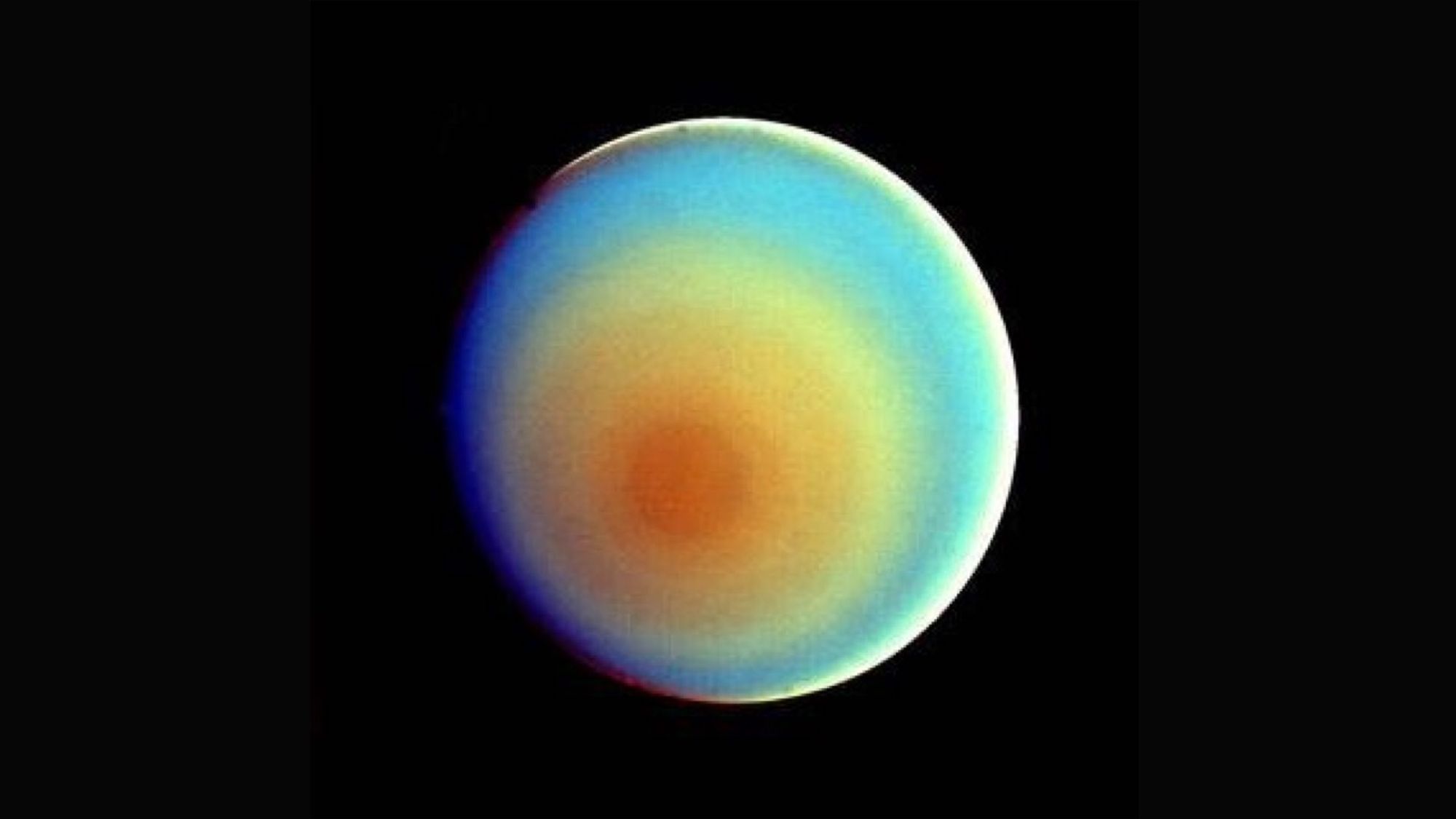
March 13
The anniversary of the discovery of Uranus—the first planet to join the planets of antiquity—by William Herschel in 1781. Uranus was the father of Saturn and the grandfather of Jupiter; William was the brother of Caroline Herschel and the father of John Herschel, famous astronomers all! Although the discovery date is credited as March 13, the object was sighted and cataloged as a star many times previously. On March 13, Herschel realized that it changed positions in the sky…and he therefore classified it as a comet. Since all planets were known in antiquity, the idea of “discovering” a new planet was just too weird to contemplate. After tracking Uranus for two more years, he realized that it had no tail, and orbited in a near circle outside the orbit of Saturn. Q.E.D.: PLANET. Herschel wanted to call it Sidus Georgium (Star of George) to curry favor with the English monarch. But Americans will recall that during 1781-3, George III had to deal with issues more serious than planets.
March 13
Also the exact anniversary of the 1986 fly-by, within 600 miles, of Halley's Comet by the European spacecraft Giotto, which snapped some amazing photos. The original Giotto painted a famous fresco, The Adoration of the Magi, during the years 1303-6. In it, the Star of Bethlehem is represented as a comet, and we know that Comet Halley visited the inner solar system in 1301. Had old Giotto been around for Halley's 1986 visitation, he would surely have painted the comet in the background of Bill Buckner's famous error to “win” the World Series for the New York Mets.
OK, granted, it was just the sixth game. But hey, this is art.
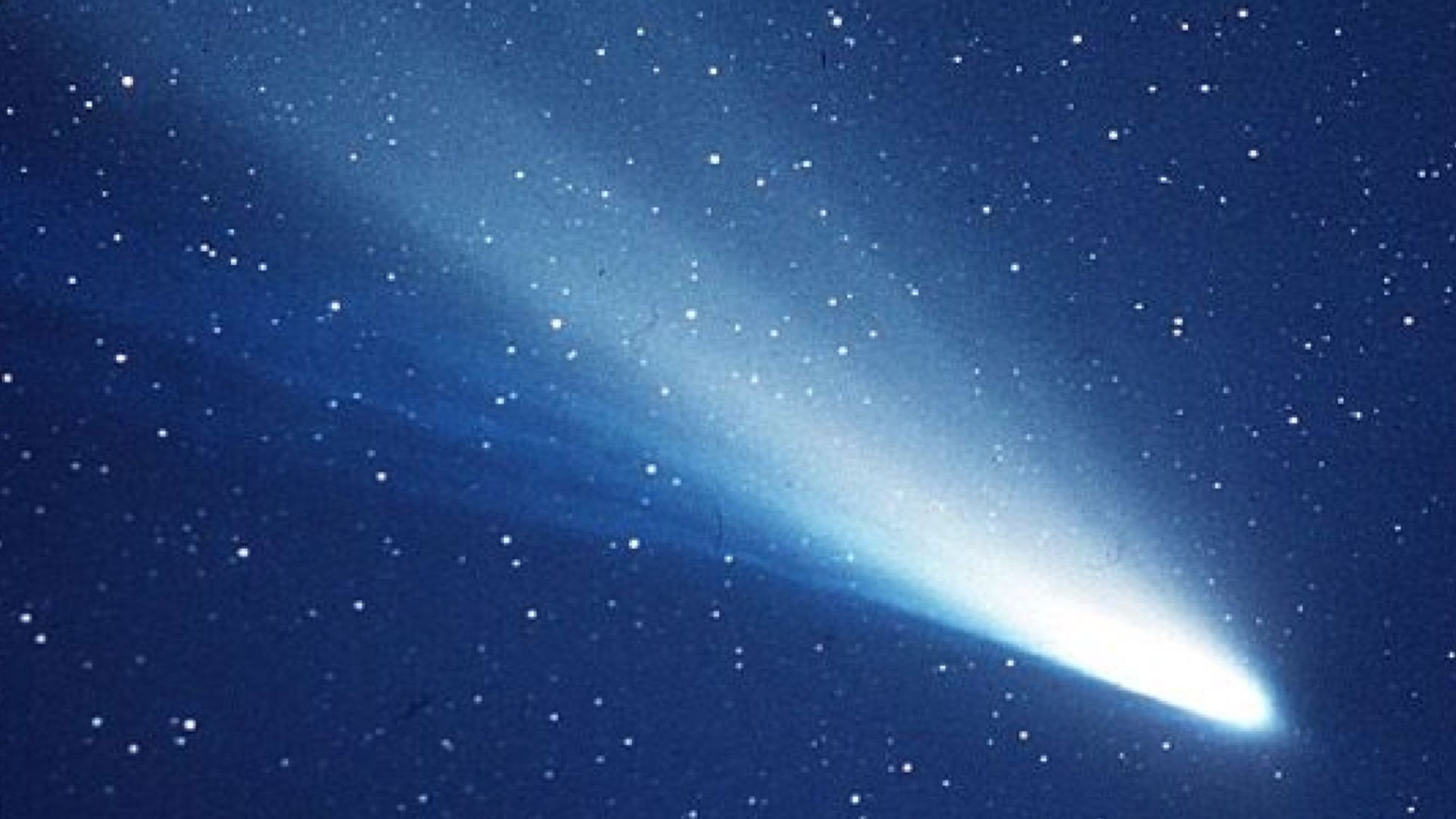
March 14
PI DAY, the occasion of math celebrations in many schools, after the celebrated transcendental number 3.14159…known to at least 62 trillion places, which is the ratio of a circle’s circumference to its diameter. Also the birthday in 1879 of Albert Einstein. π is prominent in Einstein's famous equation of general relativity, Gμν = 8πGTμν… but we're pretty sure that he didn't know π to any more places than the average 8th-grader: 3.14.
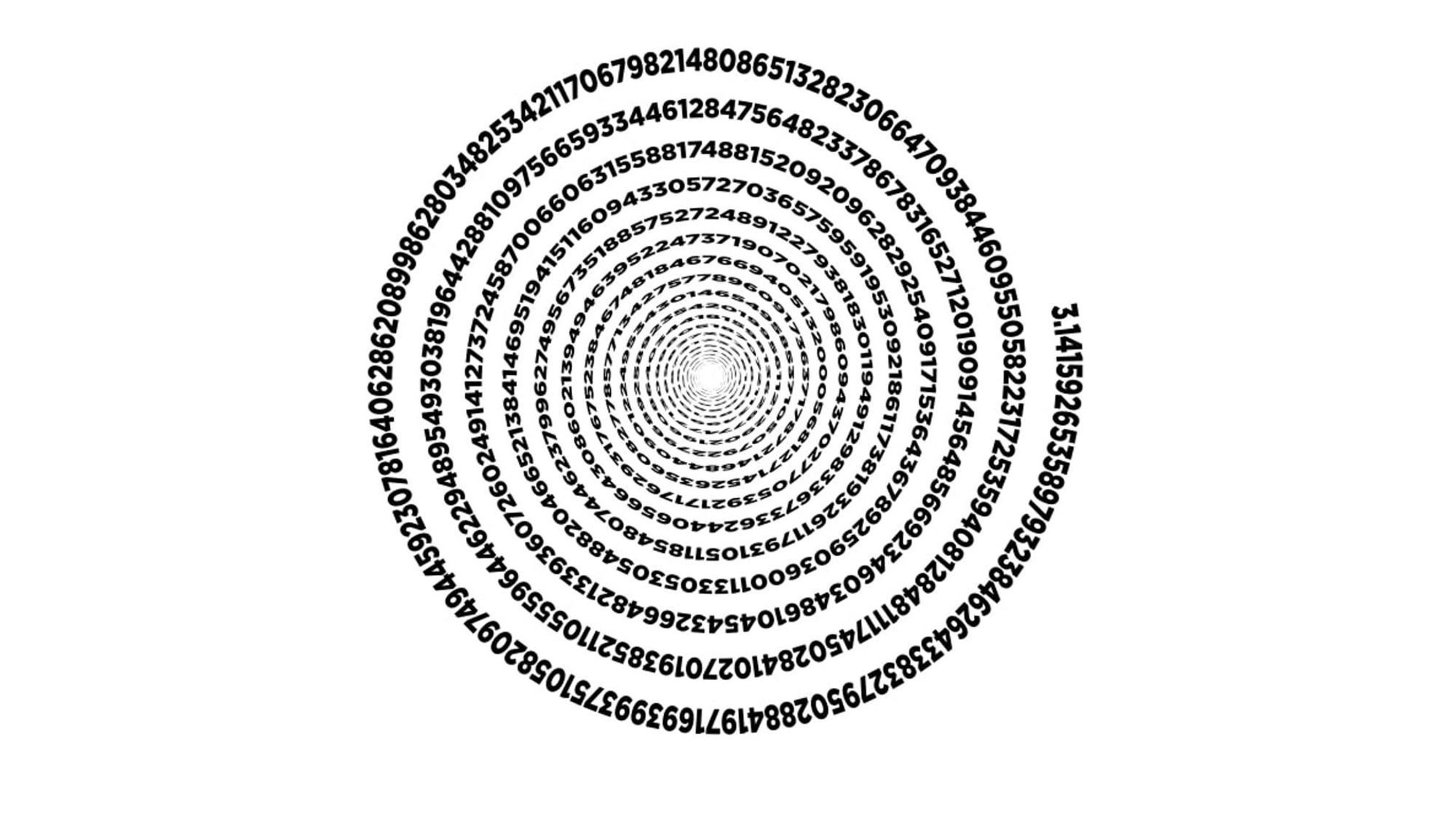
March 15
Sunrise: 7:07 am EST
Sunset: 7:02 pm EST
The ides of March, when Julius Caesar was assassinated in the Roman Senate.
March 18
Full Moon 2:20 am EST. Like all full moons, it rises at sunset, is due south at midnight, and sets at sunrise. But because the Sun is now almost exactly at the vernal equinox, the full moon is now almost exactly at the sky position of the fall equinox—amid the stars of Virgo. So, it rises directly east and sets directly west, and stays above the horizon for exactly 12 hours.
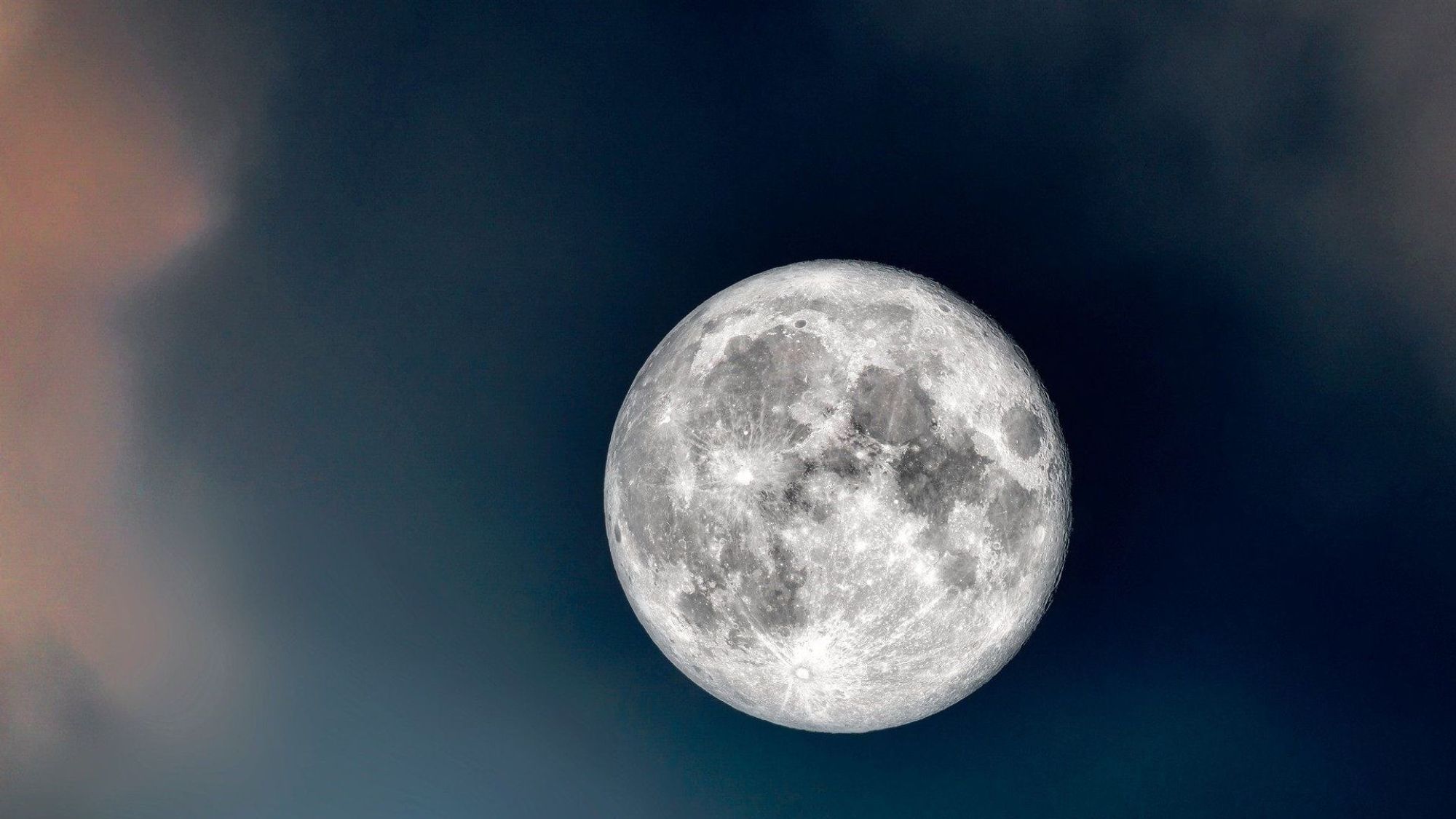
March 20
Vernal equinox 10:24 am EST. No matter where you live on Earth, the Sun today rises exactly in the east, sets exactly in the west, and is in your sky exactly 12 hours. Hence equi-nox (equal night), except for the ~0.0001% of humanity “living” within a few degrees of the North or South Poles. For them, the Sun just grazes the eastern or western horizon as it rises or sets—executing a huge 360 degree daily spiral, always within a few degrees of the horizon. I had the opportunity to observe this when I was 13 years old. I was on an over-the-pole 26-hour flight in a propeller plane—on the day of the equinox! The Sun rose and set three times—never straying more than a few degrees above or below the horizon. I had no idea why, of course.
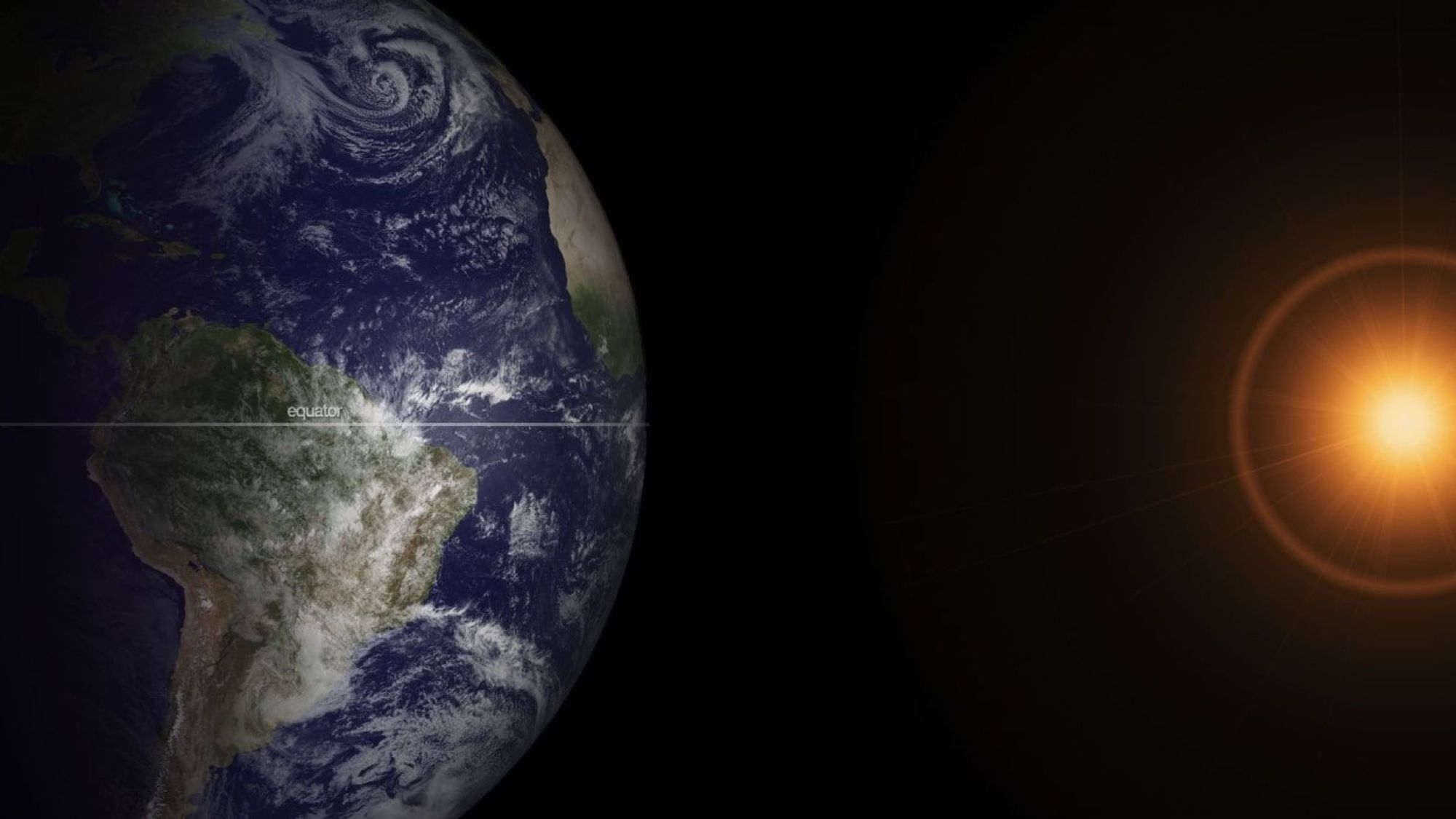
March 20
Venus is now at its greatest western elongation: 47 degrees separated from the Sun (west of the Sun, therefore in the morning sky). Any morning during the entire month, about an hour before sunrise, look for Venus low in the ESE—basically, above and to the right of the point where the Sun will rise.
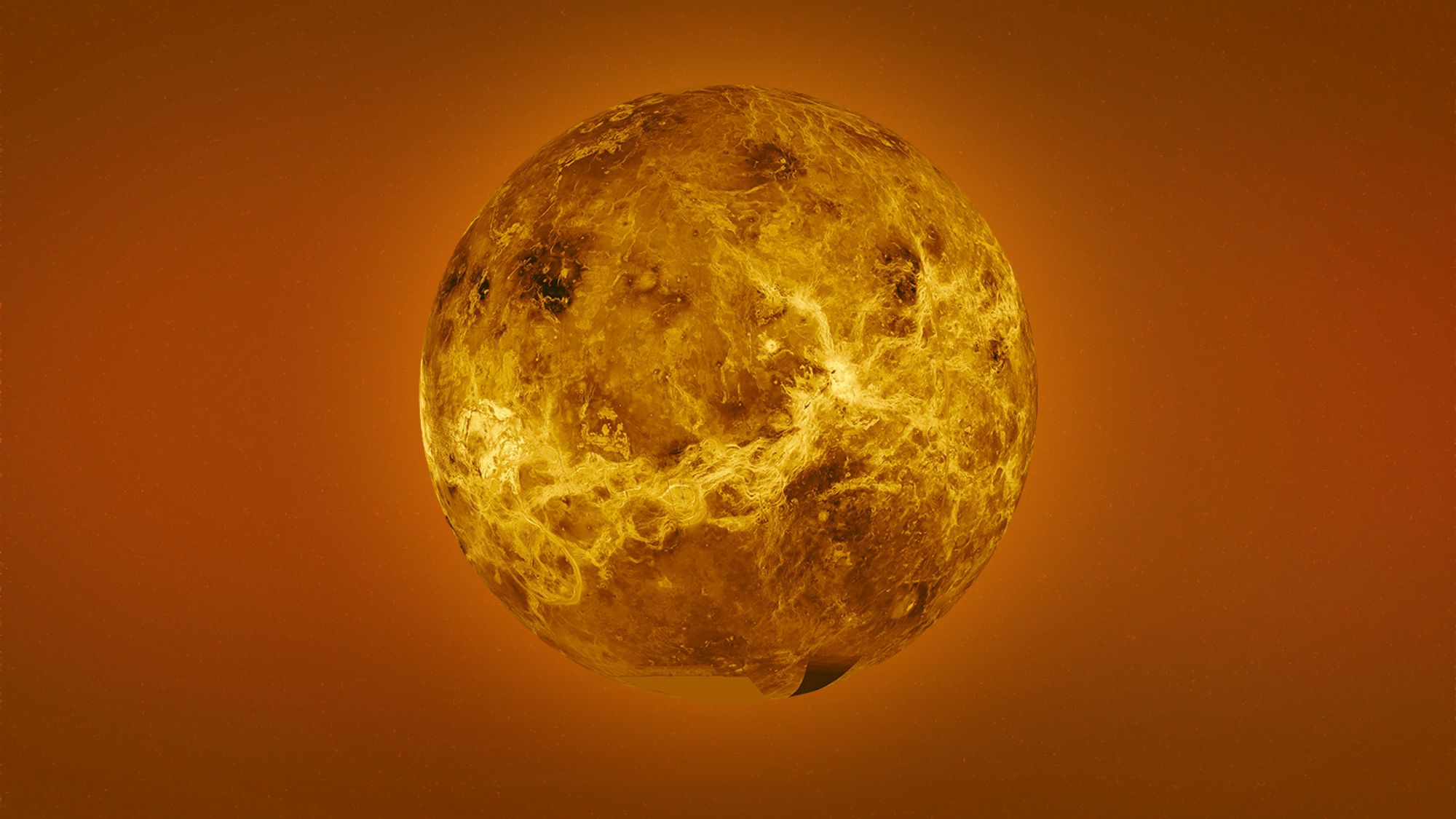
March 21
Here’s a strange quirk for you. Although the traditional date of the Vernal Equinox is March 21, the precise date for the rest of the 21st century is either March 20 or March 19. The blame belongs to the “extra leap day” in the year 2000. When you pretend a day didn’t happen, there’s bound to be collateral damage. But we’ll make up for this in future centuries.
March 23
...of the year 2178. Exactly one Plutonian year since Pluto's discovery. Seems likely that by then the number of Disney-character-loving children divided by the number of known TNOs (Trans-Neptunian Objects), will have decreased sufficiently to put the planet controversy to a merciful end.
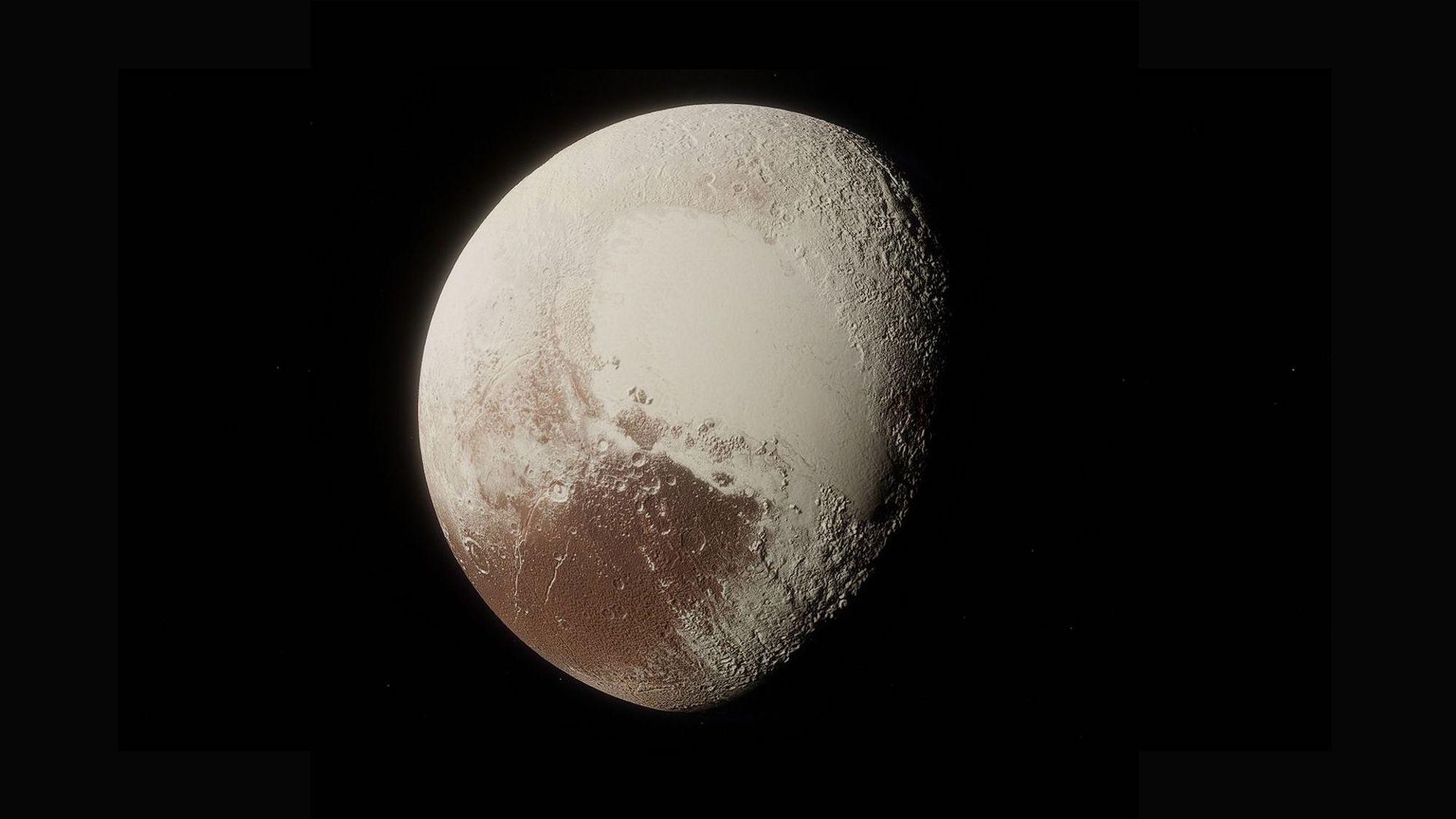
March 25
Pretty close to the vernal equinox, and the exact date for the beginning of the year in Merry Olde Englande. Hence some of the names for months: SEPTember was the seventh month, OCTober the eighth, NOVember the ninth. DECember was the tenth. January and February were just add-ons to be endured; what could you do when it was so cold, and the Earth so barren?
In 1752, Parliament decided to eat humble pie and adopt the calendar reform instituted by Pope Gregory and adopted by most of the Catholic world in 1582: henceforth the year number would change over on January 1. As for March 25, it was pretty close to the equinox (nice)—but more importantly, it was precisely the Feast of the Annunciation, when the archangel Gabriel announced you-know-what to a certain surprised young woman. And let's see...if you count exactly nine months after that date, you come to another interesting date. A few astronomers were probably paid a few quid to make it all fit together.
March 29
Tuesday morning. Looking low in the east, an hour before sunrise, you'll see a beautiful conjunction of planets with the waning crescent Moon. A few degrees to the left of the Moon is the brilliant Venus—no mistaking those two…and a few degrees higher is Mars, fainter but likely distinguishable by its red color. Directly below all these is Jupiter, but it may be lost in the glare of dawn, or the murk of the horizon. The previous morning, March 28, is pretty good too, but the crescent Moon is then well above the tightly-clustered planets. An excellent, clear eastern horizon is recommended for all this viewing.
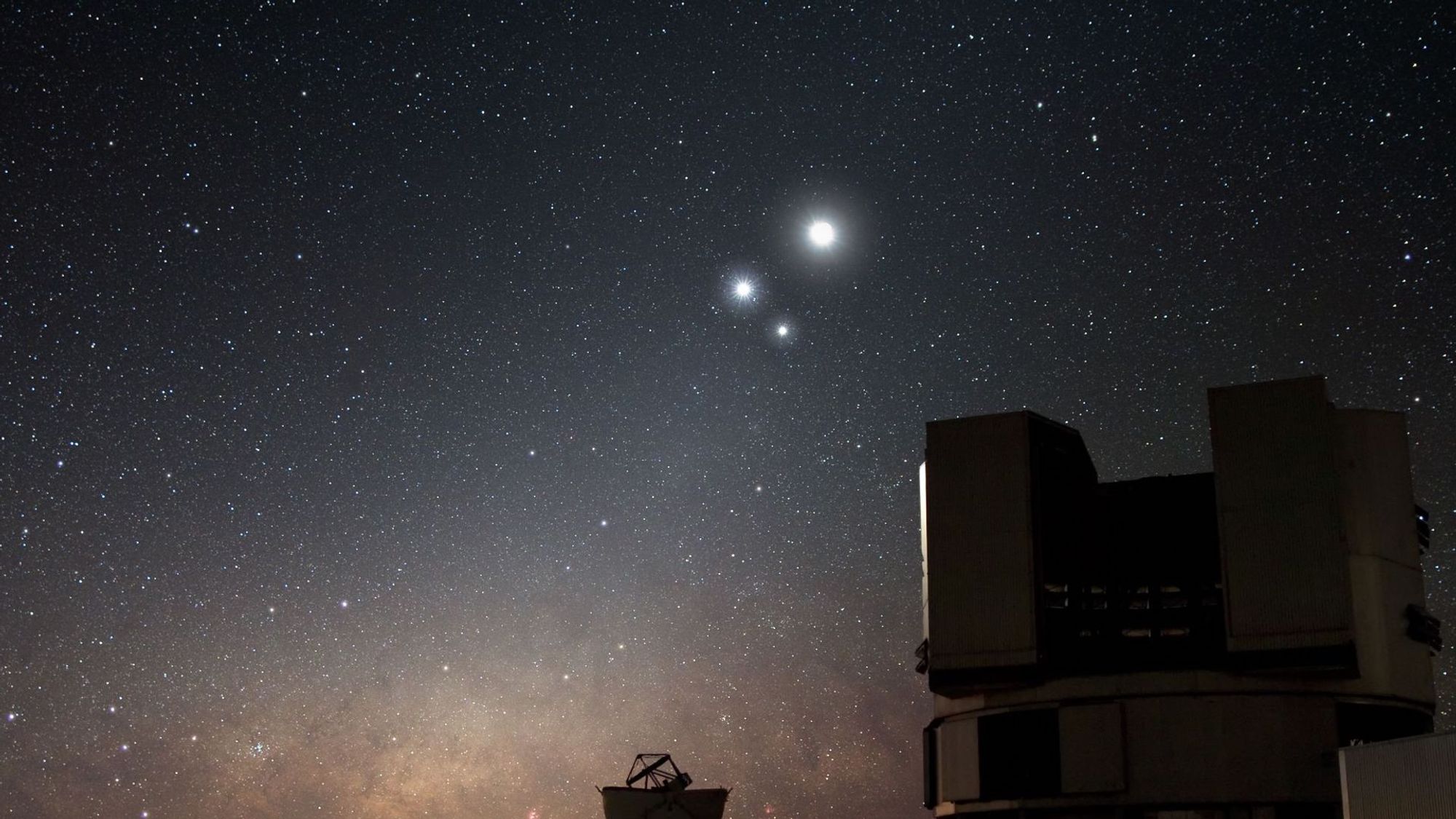
March 31
Sunrise: 6:41 am EST
Sunset: 7:19 pm EST ♦
Subscribe to Broadcast